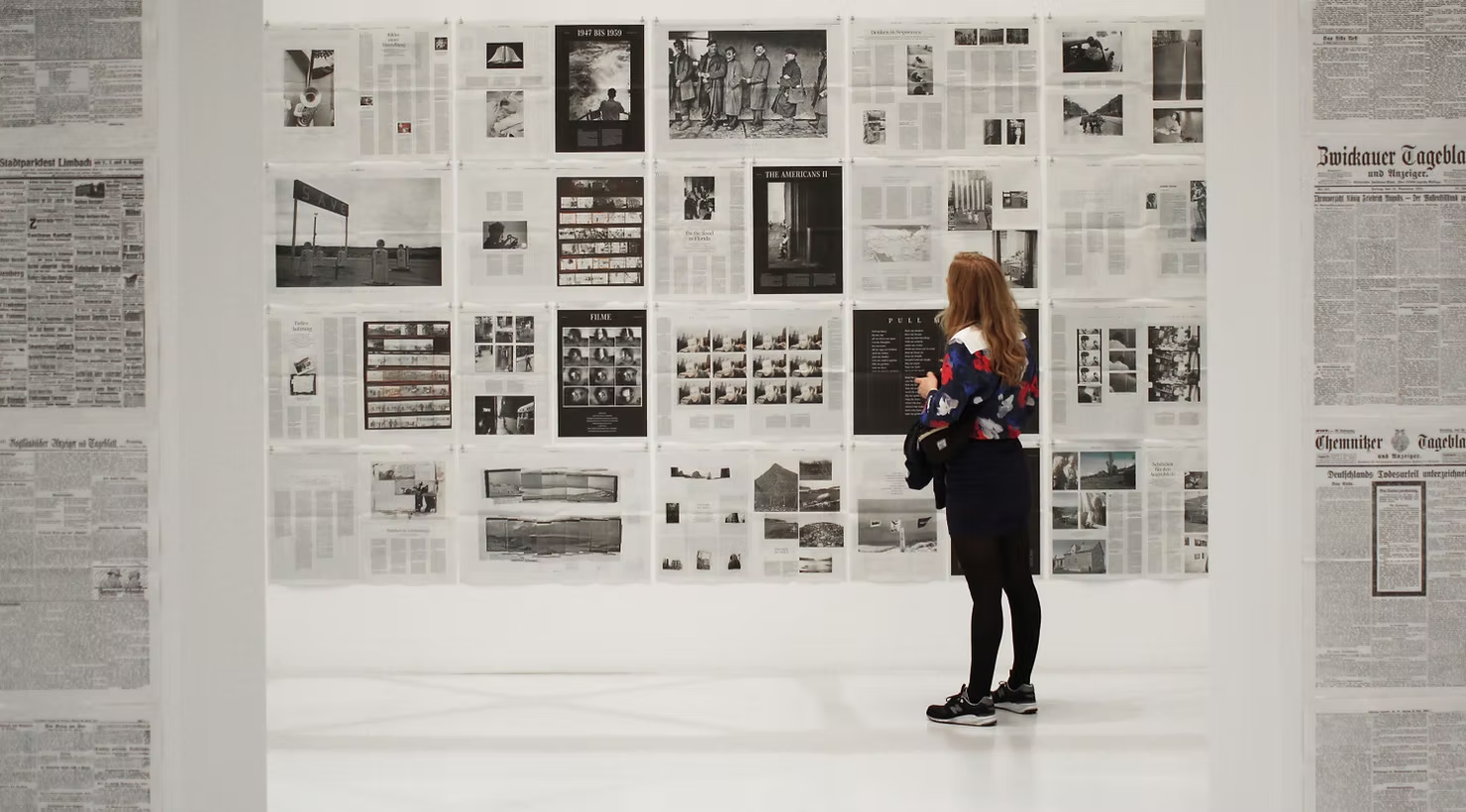Before you buy art, here’s what you need to know
If you are starting an art collection, art galleries offer the ideal location. But it is essential that you know both your budget and how the process of buying art works.
Certificates of Authenticity (CoAs) provide essential details about artwork. They can include information such as its artist, medium and creation date.
It doesn’t have to be complicated
Art galleries may seem intimidating for novice collectors, with their white walls, concealed receptionists and prices that don’t always seem readily accessible. However, no formal art education is needed in order to understand what’s on display and discover your taste in art.
Spend time looking at works of art that appeal to you and analyzing their aesthetic qualities, rather than searching for pieces at random. This will allow you to narrow your search and avoid spending money on pieces you later regret purchasing. Creating a Pinterest board or mood board of appealing images could make the process simpler and more efficient.
Once your search is narrowed down, ask gallery staff for more information about the artist and their work. This may help you assess if it fits with your tastes or collection – for instance, what inspired the piece or its message may be available from them.
Staff may also offer care instructions for your artwork, which is especially beneficial when dealing with pieces like sculpture and mixed media pieces that require special consideration. By doing this, you’ll be able to enjoy it for longer
Here’s what to ask before buying art
Connecting artists and collectors, art galleries play an indispensable role in the art world. Besides connecting emerging talent with established artists through exhibition programs, galleries can also serve as important scouts for new talents. Nevertheless, for first-time art buyers who may be unfamiliar with gallery visiting practices, there are certain things to keep in mind when purchasing artworks from galleries.
Ask whether the piece is limited edition or one-of-a-kind to help assess if your price is fair when considering what similar works by that artist have sold for in other galleries and auctions. Finally, inquire whether any recommendations exist from galleries when considering size/space considerations when buying art for home decor purposes.
Set your budget
Before making any purchase, setting a budget should always be your first step. Doing so provides clear parameters to guide your search while also helping prevent unnecessary spending. Furthermore, creating a budget will enable you to assess whether artworks fit within the price range you have set yourself.
Once you have an estimate in mind, your focus can shift to finding art that meets both your lifestyle and aesthetic. This can be accomplished through research online, visiting galleries and art fairs, following art blogs/social media accounts to detect emerging trends, or following artists.
As part of your budgeting efforts, take into account any additional costs related to buying art such as shipping, insurance and framing costs. Furthermore, it may be possible to negotiate the price directly with an artist or gallery and establish relationships that could result in further discounts in future transactions.
Make sure you get an authenticity certificate
When purchasing expensive artworks like paintings and sculptures, it’s essential that all available information about them be available. A certificate of authenticity gives buyers peace of mind knowing their purchase has been produced according to its creator’s intentions and has passed any necessary quality controls.
COAs not only serve to authenticate art pieces, but they can also act as an important source of historical record-keeping regarding their history and previous owners. Furthermore, they serve as an ideal place for disclaimers (i.e. the artist retains copyright rights and reproduction is forbidden without their express approval).
Certificates of authenticity can be issued from a variety of sources, including galleries, artists, private sellers, auction houses and online vendors. Each should clearly identify that the work in question is an original creation by its artist as well as providing details such as its title, dimensions and medium. Furthermore, each certificate should include its own identification number along with a signature or label to help verify its authenticity.
Though a formal certificate of authenticity would be ideal, any valid receipt or bill of sale from either the artist themselves, a dealer/reseller/publisher who have sold works by them will suffice as proof of their authenticity. These receipts or bills of sale should also contain an statement or guarantee from them as well as being printed on quality paper stock.


